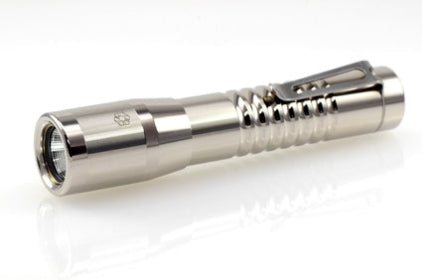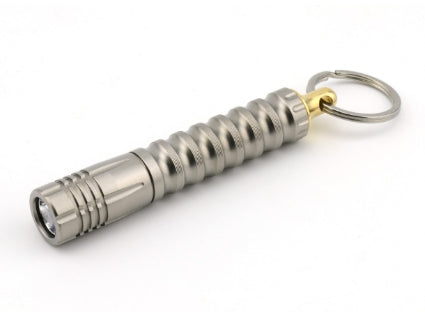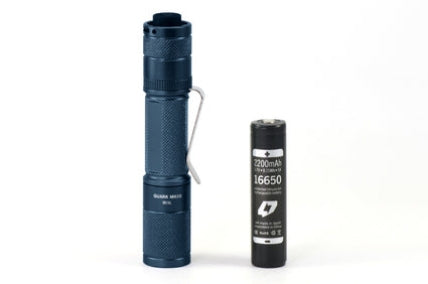(Disclaimer: I am not a doctor. I am not a medical professional. None of what follows should be construed or interpreted as medical advice. I can't believe we live in a world where such disclaimers are necessary. But here we are.)
I love copper. I love titanium too, but copper is just...mmmm.
It’s like this: I have two kids. One’s a boy. One’s a girl. They are different in so many ways. But I love them both, equally, and celebrate their differences.
Neither of them are antimicrobial, however. So there’s one mark against them.
Copper, on the other hand…

A lot of folks dropping the “antimicrobial” line when talking up their copper products, so I thought it would be helpful to put out a little piece on this particular superpower of the otherwise humble Cu.
As in C U later, COVID.
Because copper does, in fact, “kill” viruses. And bacteria. (Kill is in quotations because when you start going down the virus rabbit hole you realize quickly that there’s some debate over whether or not viruses are technically “alive.” I will spare you that rabbit hole here, but it’s a good one if you have some time and want to wow your dinner, er, Zoom guests.)
Copper’s health properties are nothing new, of course. The filings from sharpened bronze swords used to get stuffed into wounds to reduce infection (Egypt, Babylonia). Copper oxide and copper carbonate have been used to treat skin infections (Ancient Greeks, Aztecs). It remains an important part of Ayuverdic medicine today.
Relatively recent scientific studies reveal how copper and copper alloys actually go about their antimicrobial business – by releasing copper ions when microbes land on the copper surface. These ions stop cell respiration, create holes in the cell lining of bacteria, and disrupt the viral coat, destroying the DNA and RNA within.
In tests done with bacteria, yeasts, and viruses on copper surface, no live microorganism survived prolonged incubation. 99.9% of E. coli were killed after just 1-2 hours. More than 99.9% of MRSA was killed within 2 hours. After 6 hours on copper, Influenza A was reduced by 99.999%.
Yeah, pretty bad ass.
There’s a lot of discussion about incorporating more copper into hospitals, where sanitization is paramount to preventing infections. It’s a little cost-prohibitive to build an all-copper emergency room, but in instances where copper alloy has been introduced on high-touch surfaces, they measured a 90% reduction in live bacteria.
It’s not uncommon to see more copper surfaces in airports, train stations, busses, and the like, for these very reasons.
So while you’re wiping down your shopping cart handle, Amazon boxes, shoes, toys, toothbrush, just remember – your copper Alpha pen or Beta flashlight don’t need no Lysol. It don’t need no Purell bath.
It kicks COVID to the curb just fine as it is, thank you very much.
(Important side note: this does NOT mean you can use your copper Alpha pen or Beta flashlight to wipe down surfaces as a replacement to cleaner. Nor should it mean you should swish your Beta around in your mouth if someone sneezes on you. It doesn't work that way.)
By the way, remember those bronze swords and the copper filings stuffed into wounds to help them heal? You'll be interested to know that brass – a copper alloy like bronze – is also antimicrobial. I've been told by more than a few folks that because it doesn't oxidize as quickly as copper it actually retains its antimicrobial properties longer. More on that later? Stay tuned...
Stay safe everyone.






